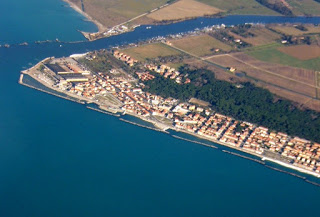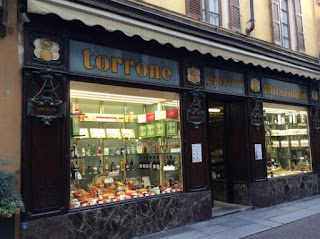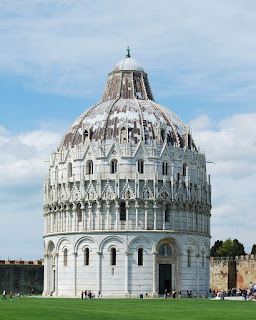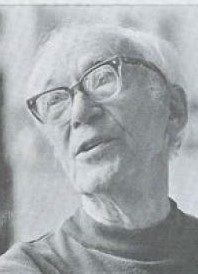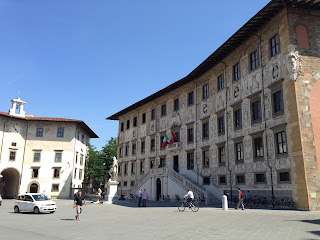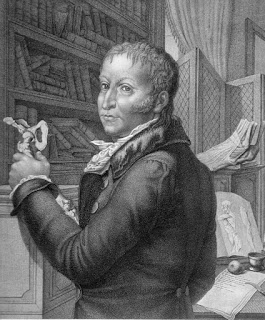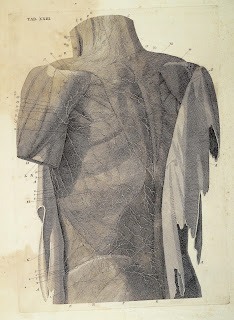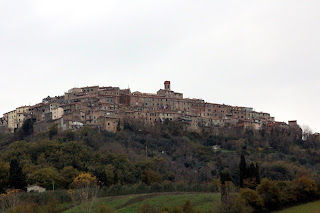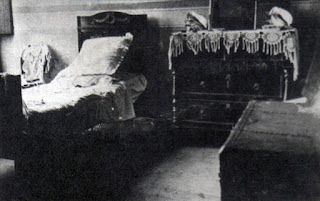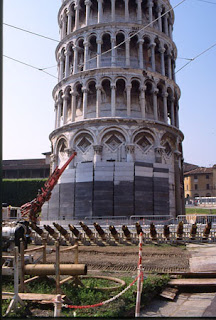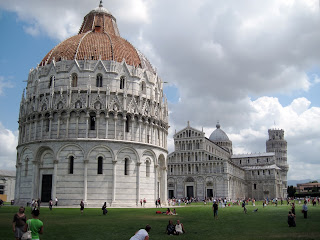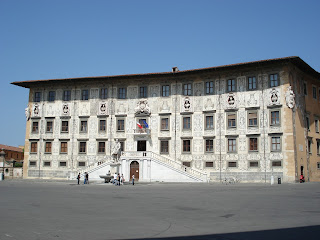Opponent of Mussolini became head of state in 1955
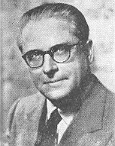 |
| Giovanni Gronchi's politics saw him expelled from parliament by Mussolini's Fascists |
He was elected to the Camera dei Deputati in 1919 and went on to become leader of a group of deputies opposed to Mussolini, but when the Fascist government suppressed this group he put his political career on hold.
Gronchi returned to politics towards the end of the Second World War and helped found the new Christian Democrat party. In 1955 he was chosen as the third President of the Republic of Italy, succeeding Luigi Einaudi.
His presidency was notable for his attempt to open a door into government for the Italian Socialist and Communist parties, which ultimately failed.
As a young man, Gronchi had obtained a degree in Literature and Philosophy at the Scuola Normale Superiore di Pisa and worked as a teacher of classics in Parma, Massa di Carrara, Bergamo and Monza.
He volunteered for military service during the First World War and afterwards became one of the founding members of the Catholic Italian Popular Party.
 |
| Gronchi was elected president in 1955 in succession to Luigi Einaudi |
By 1923 Gronchi’s party had decided to withdraw all their members from the government and so he went back to his previous role as a Catholic trade union leader, supporting members who were having to face violence every day from Mussolini’s Fascist squads.
Gronchi became leader of his party in 1924 and was re-elected to parliament. He joined the Aventine movement, the anti-Fascist opposition, and in 1926 he was expelled from parliament by the Government.
To avoid having to become a member of the Fascist party he had to resign from teaching and earned his living as a businessman, first as a salesman and then as an industrialist.
In 1941 he married Carla Bissatini and they had one son and one daughter.
He re-entered politics with the fall of Mussolini and, in 1943, after co-founding the new Christian Democrat party, he became a leader of its left-wing faction. He was also a member of the Comitato di Liberazione Nazionale, the multi-party committee of the Italian resistance and in 1947 he opposed his party’s decision to expel the Italian Communist and Socialist parties from government.
 |
| Gronchi, second left, with Giulio Andreotti, left, his wife, Carla, and Amintore Fanfani, right, at the 1960 Olympics in Rome |
As president, one of his missions was to bring Socialists and Communists back into government but he faced stiff opposition.
He appointed Fernando Tambroni, a trusted member of his Catholic left-wing faction as prime minister, but Tambroni was able to survive in office thanks only to neo-fascist votes.
However, in 1960 there were riots in several towns in Italy and police fired on demonstrators, killing five people. The Tambroni government was forced to resign.
While he was president, Gronchi was also criticised for interfering in diplomacy. He made many state visits, including visiting the Soviet Union, despite church opposition.
In 1962 he attempted to get a second mandate, but Antonio Segni was elected as president instead. However, it was not long until the first centre-left coalition was formed by Aldo Moro in 1964.
Gronchi became a life senator by right according to the Italian constitution. He died in 1978 in Rome at the age of 91.
 |
| The Palazzo Pretorio in Corso Giacomo Matteotti in the centre of Pontedera, in the Arno valley |
Pontedera, the birthplace of Giovanni Gronchi, is in the province of Pisa in Tuscany in the Arno valley. Nowadays it houses the Piaggio motor vehicle company, the Castellani wine company and the Amedei chocolate factory. It was the seat of some notable historical battles. In 1369, the Milanese army of Barnabo Visconti was defeated by Florentine troops and in 1554 an army representing the Republic of Siena defeated the Florentines.
 |
| The Palazzo Quirinale in Rome is the official residence of the President of the Republic |
As President of Italy, Gronchi lived in Palazzo Quirinale in Rome at one end of Piazza del Quirinale. This was the summer palace of the popes until 1870 when it became the palace of the kings of the newly unified Italy. Following the abdication of the last monarch, it became the official residence of the President of the Republic in 1947.
More reading:
Aldo Moro: a tragic end to a distinguished career in politics
Ludovico Einaudi - politician and winemaker
Amintore Fanfani and the 'third way'
Also on this day:
1890: The birth of fashion designer Elsa Schiaparelli
1960: Abebe Bikila makes history at Rome Olympics
Home








